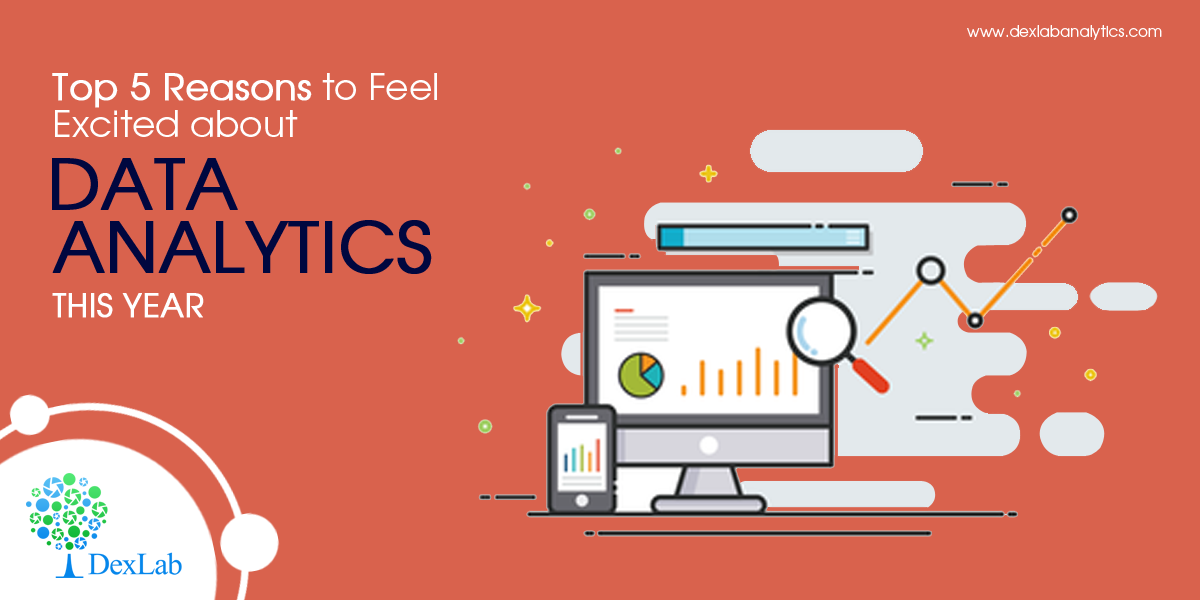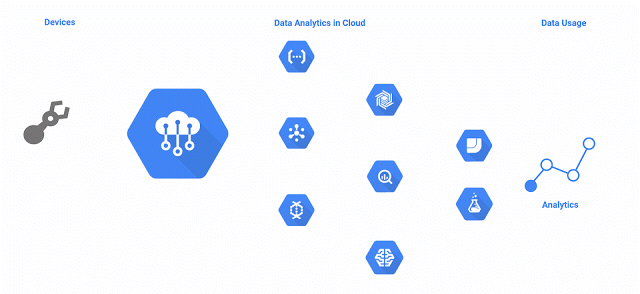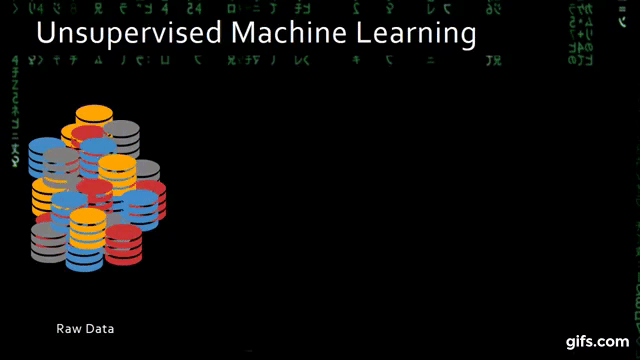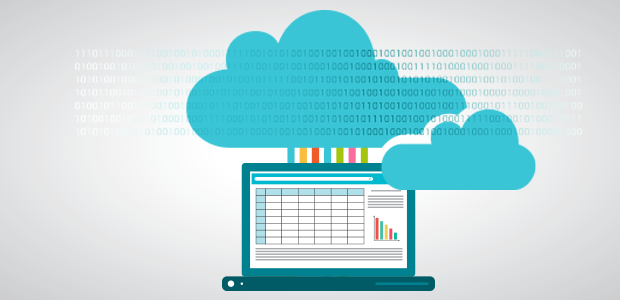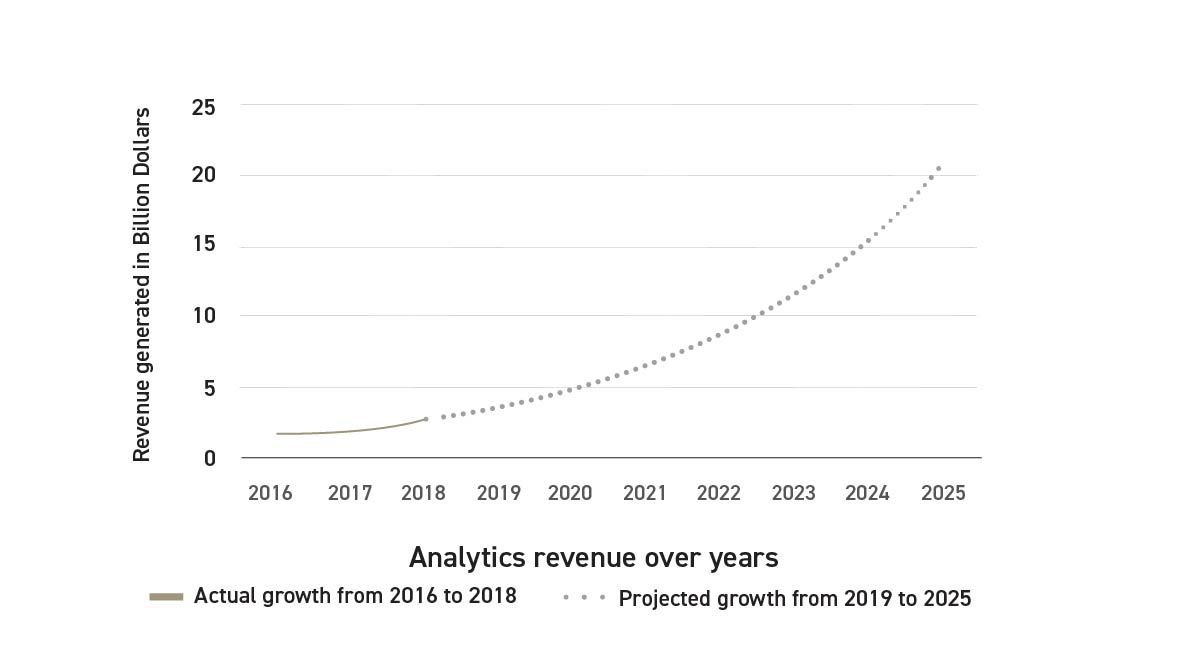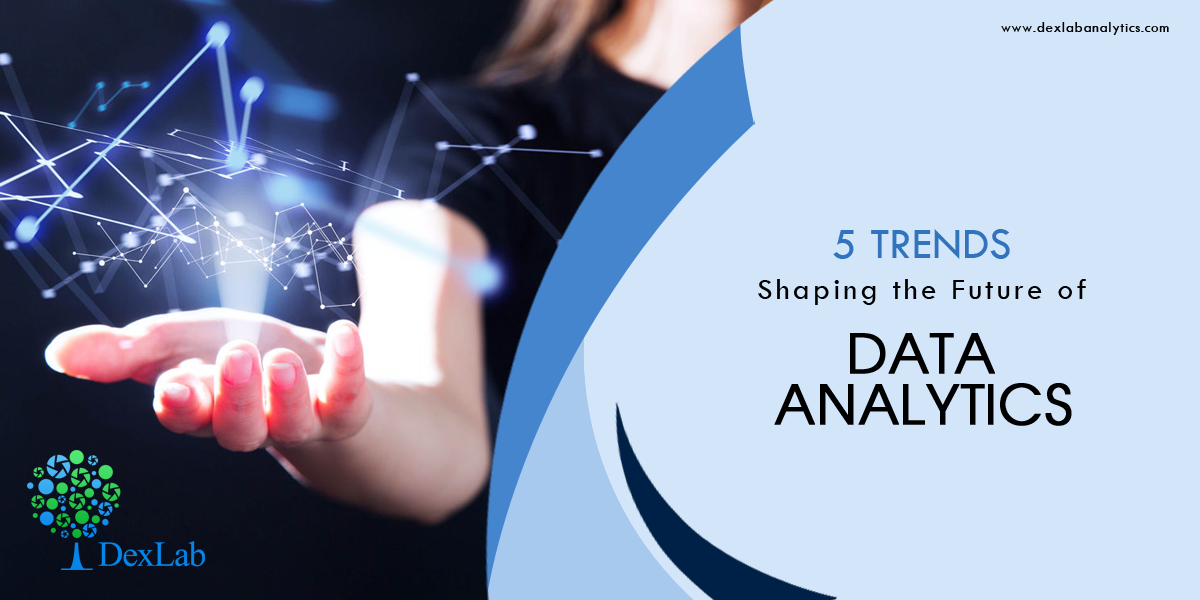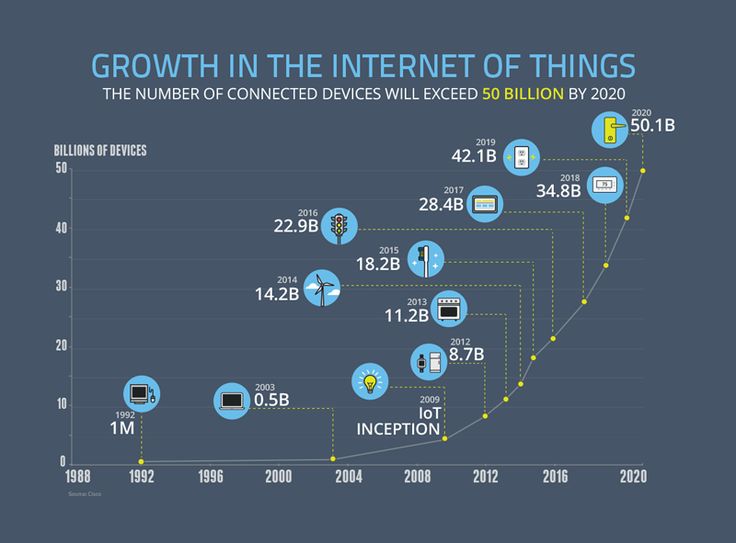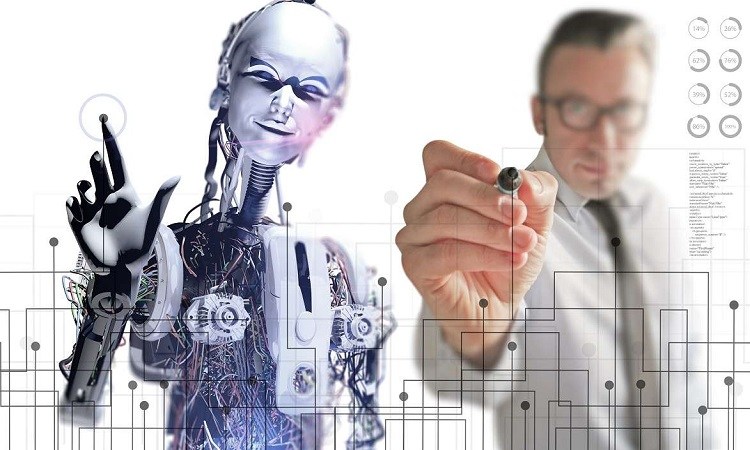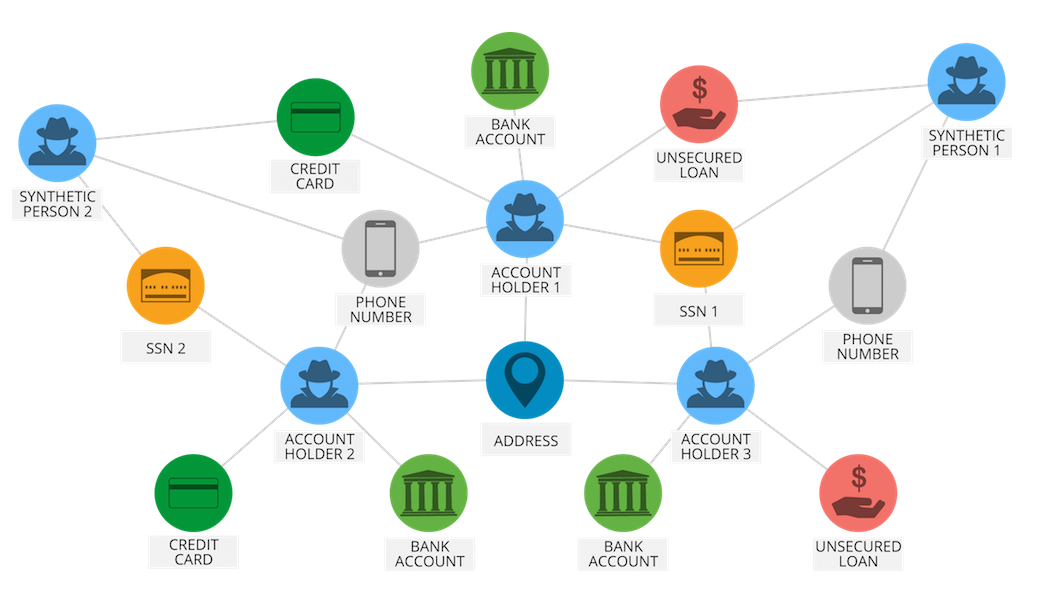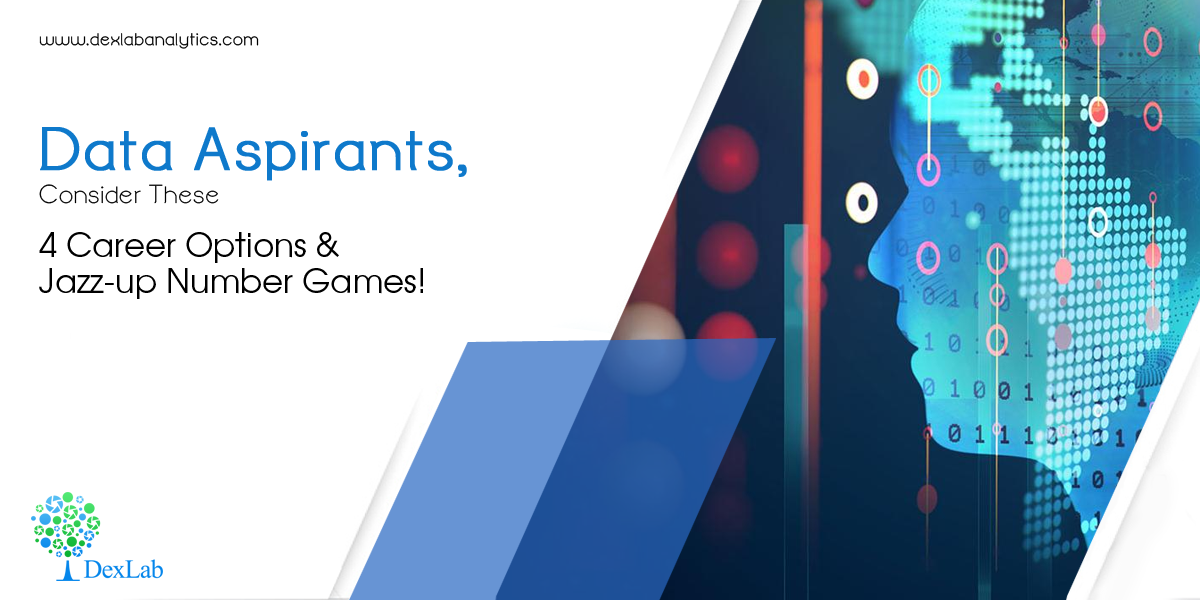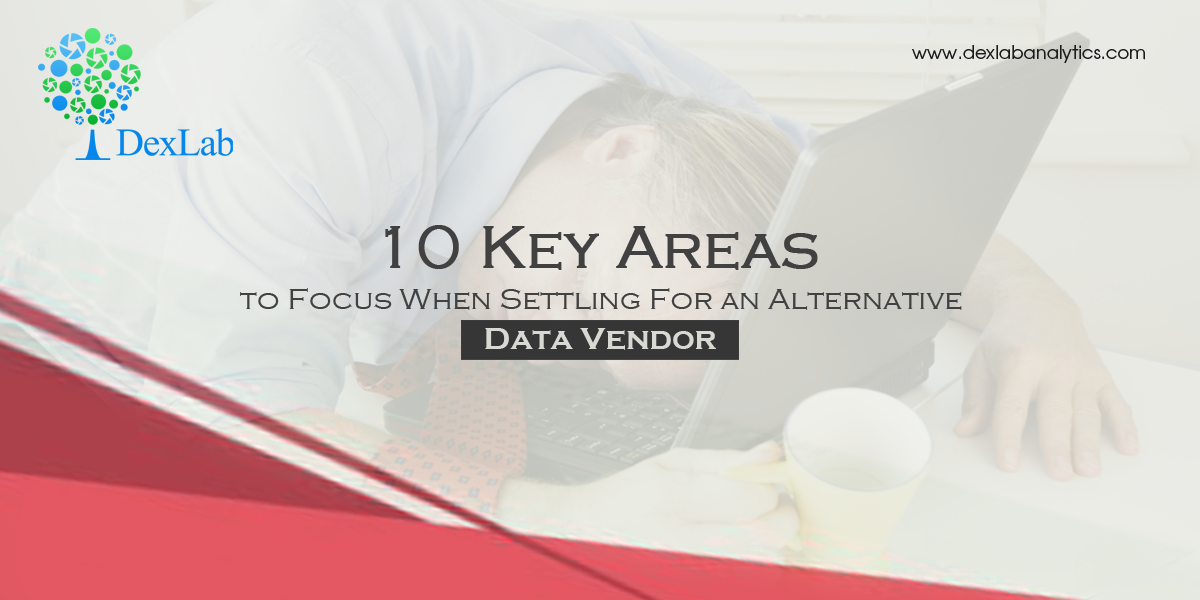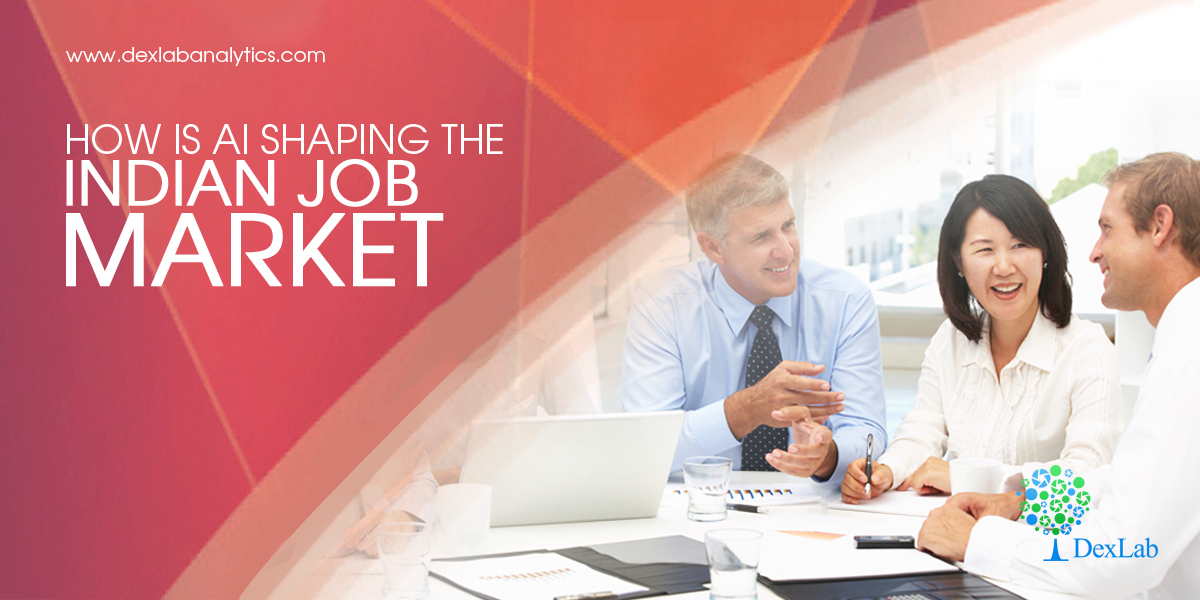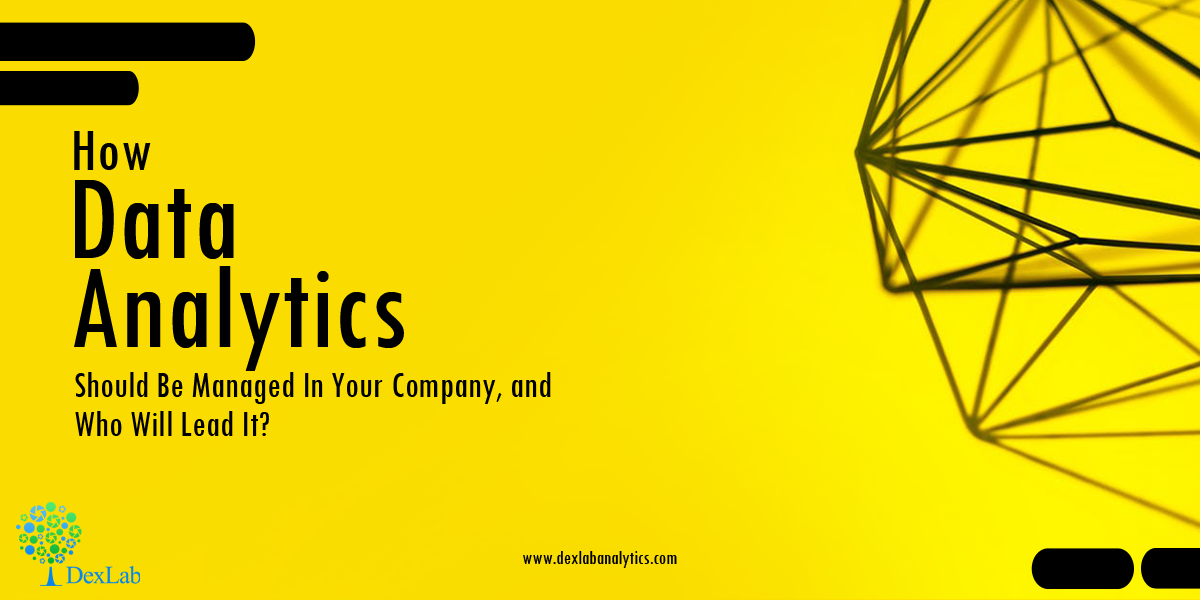
In the last couple of years, data management strategies have revolutionized a lot. Previously, the data management used to come under the purview of the IT department, while data analytics was performed based on business requirements. Today, a more centralized approach is being taken uniting the roles of data management and analytics – thanks to the growing prowess of predictive analytics!
Predictive analytics has brought in a significant change – it leverages data and extracts insights to enhance revenue and customer retention. However, many companies are yet to realize the power of predictive analytics. Unfortunately, data is still siloed in IT, and several departments still depend on basic calculations done by Excel.
But, of course, on a positive note, companies are shifting focus and trying to recognize the budding, robust technology. They are adopting predictive analytics and trying to leverage big data analytics. For that, they are appointing skilled data scientists, who possess the required know-how of statistical techniques and are strong on numbers.
Strategizing Analytical Campaigns
An enterprise-wide strategy is the key to accomplish analytical goals and how. Remember, the strategy should be encompassing and incorporate needful laws that need to be followed, like GDPR. This signifies effective data analytics strategies begin from the top.
C-suite is a priority for any company, especially which looks forward to defining data and analytics, but each company also require a designated person, who would act as a link between C-suite and the rest of the company. This is the best way to mitigate the wrong decisions and ineffective strategies that are made in silos within the organization.
Chief Data Officers, Chief Analytics Officers and Chief Technology Officers are some of the most popular new age job designations that have come up. Eminent personalities in these fetching positions play influential roles in strategizing and executing a successful corporate-level data analytics plan. The main objective of them is to provide analytical support to the business units, determine the impact of analytical strategies and ascertain and implement innovative analytical prospects.
Defensive Vs Offensive Data Strategy
To begin, defensive strategy deals with compliance with regulations, prevention of theft and fraud detection, while offensive strategy is about supporting business achievements and strategizing ways to enhance profitability, customer retention and revenue generation.
Generally, companies following a defensive data strategy operate across industries that are heavily regulated (for example, pharmaceuticals, automobile, etc.) – no doubt, they need more control on data. Thus, a well-devised data strategy has to ensure complete data security, optimize the process of data extraction and observe regulatory compliance.
On the other hand, offensive strategy requires more tactical implementation of data. Why? Because they perform in a more customer-oriented industry. Here, the analytics have to be more real-time and their numerical value will depend on how quickly they can arrive at decisions. Hence, it becomes a priority to equip the business units with analytical tools along with data. As a result, self-service BI tools turns out to be a fair deal. They are found useful. Some of the most common self-service BI vendors are Tableau and PowerBI. They are very easy to use and deliver the promises of flexibility, efficacy and user value.
As final remarks, the sole responsibility of managing data analytics within an organization rests on a skilled team of software engineers, data analysts and data scientists. Only together, they would be able to take the charge of building successful analytical campaigns and secure the future of the company.
For R Predictive Modelling Certification, join DexLab Analytics. It’s a premier data science training platform that offers top of the line intensive courses for all data enthusiasts. For more details, visit their homepage.
The blog has been sourced from — dataconomy.com/2018/09/who-should-own-data-analytics-in-your-company-and-why
Interested in a career in Data Analyst?
To learn more about Data Analyst with Advanced excel course – Enrol Now.
To learn more about Data Analyst with R Course – Enrol Now.
To learn more about Big Data Course – Enrol Now.To learn more about Machine Learning Using Python and Spark – Enrol Now.
To learn more about Data Analyst with SAS Course – Enrol Now.
To learn more about Data Analyst with Apache Spark Course – Enrol Now.
To learn more about Data Analyst with Market Risk Analytics and Modelling Course – Enrol Now.

